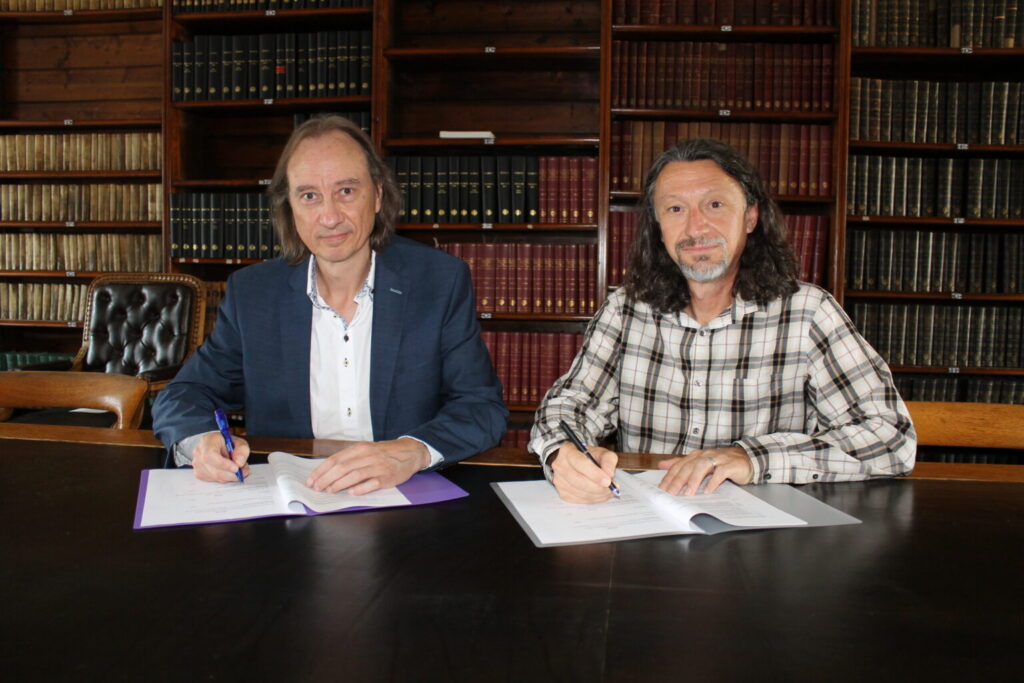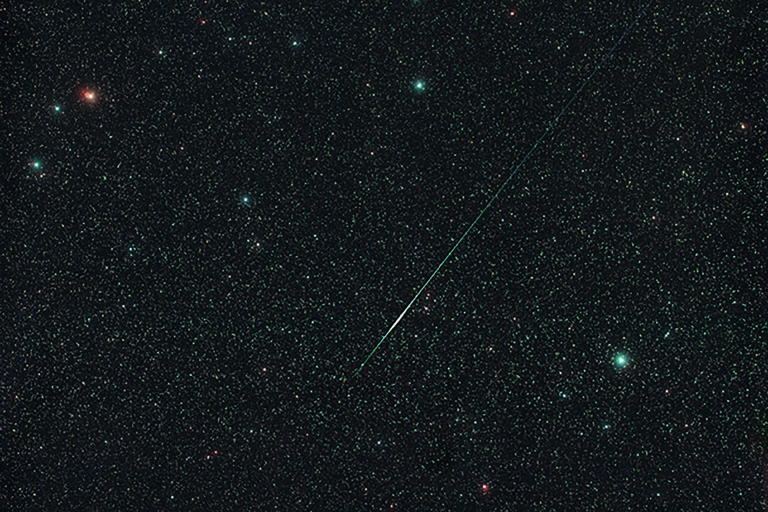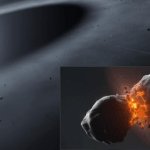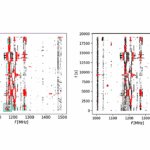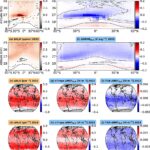Now Reading: Meteor shower calendar
-
01
Meteor shower calendar
Meteor shower calendar
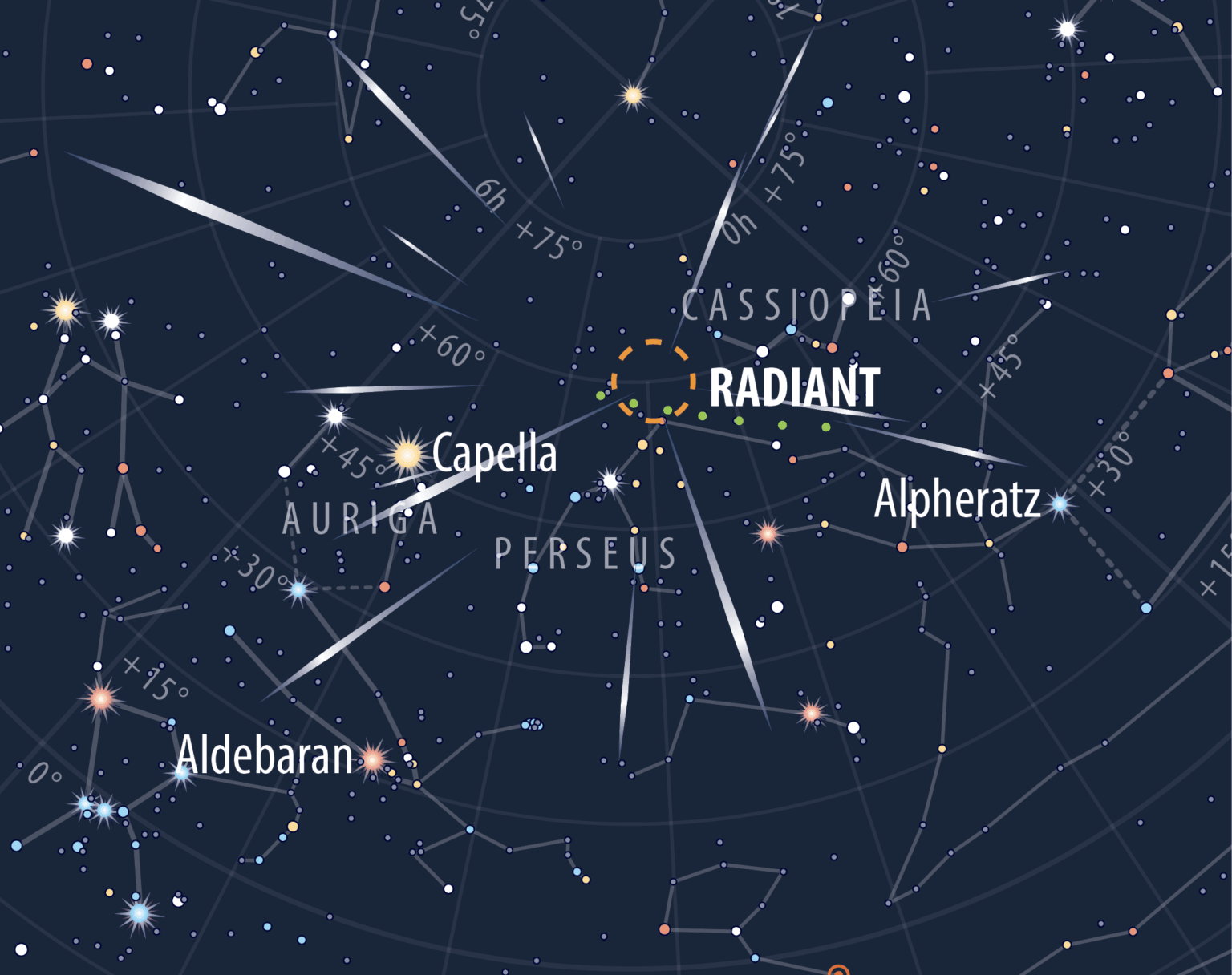
There are many meteor showers throughout the year. Here are the most prominent.
For a beginner’s guide on meteors – what they are, where they come from, and how best to observe them – start with our ‘How to observe meteors’ guide.
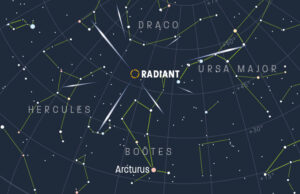
January
Shower: Quadrantids
Active: 26 Dec –12 Jan
Peak activity: 4 Jan
Rate: up to 120 meteors per hour
Radiant: Constellation Bootes
Origin: Minor planet 2003 EH1 (a possible extinct comet)
April
Shower: Lyrids
Active: 16-25 April
Peak activity: 22 April
Rate: ~10 meteors per hour
Radiant: Just inside the constellation of Hercules, near bright star Vega in Lyra
Origin: Comet C/1861 GI Thatcher
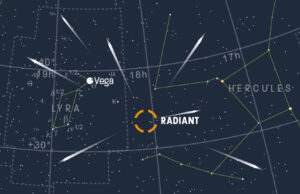
May
Shower: Eta Aquariids
Active: 19 April-28 May
Peak activity: 5 May
Rate: up to 50 meteors per hour
Radiant: Constellation Aquarius
Origin: Comet Halley
July
Shower: Delta Aquariids
Active: 12 July – 23 August
Peak: around 30 July
Rate: up to 25 meteors per hour
Radiant: Constellation Aquarius
Origin: Comet 96P/Machholz
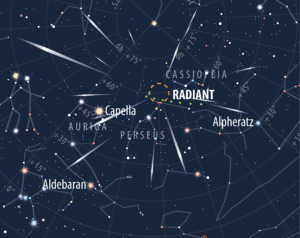
July
Shower: Alpha Capricornids
Active: 3 July – 15 August
Peak: around 30 July
Rate: up to 5 meteors per hour, often bright fireballs
Radiant: Constellation Capricornus
Origin: Comet 169P/NEAT
August
Shower: Perseids
Active: 17 July-24 August
Peak activity: 12-13 August
Rate: up to 100 meteors per hour
Radiant: Constellation Perseus
Origin: Comet 109P/Swift-Tuttle

October
Shower: Draconids
Active: 6 – 10 October
Peak: 8 October
Rate: up to 10 meteors per hour
Radiant: Constellation Draco
Origin: Comet 21P/Giacobini-Zinner
October
Shower: Orionids
Active: 2 Oct – 7 Nov
Peak activity: 21 Oct
Rate: 20-30, with up to 70 meteors per hour in exceptional years
Radiant: Constellation Orion
Origin: Halley’s Comet

October-November
Shower: Taurids
Active: 10 Oct – 10 Dec
Peak activity: 5 Nov (Southern Taurids) and 12 Nov (Northern Taurids)
Rate: 10 meteors per hour
Radiant: Constellation TaurusOrigin: Comet 2P/Encke
November
Shower: Leonids
Active: 3 November to 2 December
Peak activity: 17 November
Rate: up to 15 meteors an hour
Radiant: Constellation Leo
Origin: Comet 55P/Tempel-Tuttle
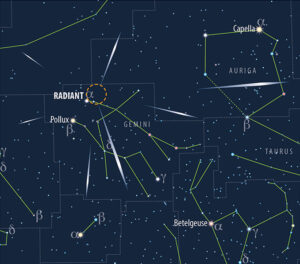
December
Shower: Geminids
Active: 4–17 December
Peak activity: 14 December
Rate: up to 160 meteors per hour
Radiant: Constellation of Gemini
Origin: potentially from a catastrophic breakup of a comet that left behind the asteroids (3200) Phaethon, 1999 YC and 2005 UD.
December
Shower: Ursids
Active: 17–26 December
Peak activity 22 December
Rate: up to 10 meteors per hour
Radiant: Close to the star Kochub in Ursa Minor
Origin: Comet 8P/Tuttle
For more tips on observing meteor showers throughout the year, pick up a copy of the latest issue of Astronomy Now magazine, or take advantage of our subscription offer and have the magazine delivered to your doorstep every month!
All graphics by Astronomy Now/Greg Smye-Rumsby.
Stay Informed With the Latest & Most Important News
Previous Post
Next Post
-
 01From Polymerization-Enabled Folding and Assembly to Chemical Evolution: Key Processes for Emergence of Functional Polymers in the Origin of Life
01From Polymerization-Enabled Folding and Assembly to Chemical Evolution: Key Processes for Emergence of Functional Polymers in the Origin of Life -
 02Panasonic Leica Summilux DG 15mm f/1.7 ASPH review
02Panasonic Leica Summilux DG 15mm f/1.7 ASPH review -
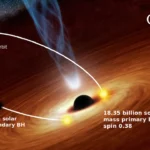 03Two Black Holes Observed Circling Each Other for the First Time
03Two Black Holes Observed Circling Each Other for the First Time -
 04How New NASA, India Earth Satellite NISAR Will See Earth
04How New NASA, India Earth Satellite NISAR Will See Earth -
 05And Thus Begins A New Year For Life On Earth
05And Thus Begins A New Year For Life On Earth -
 06Astronomy Activation Ambassadors: A New Era
06Astronomy Activation Ambassadors: A New Era -
07SpaceX launch surge helps set new global launch record in 2024












